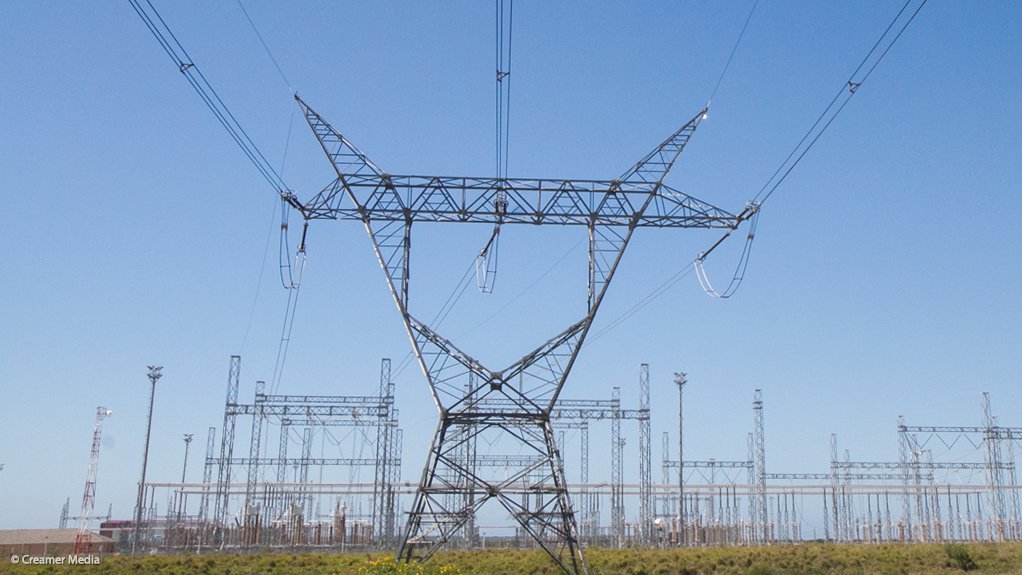Eskom has released the names to Engineering News of the five transformer companies appointed to a panel of suppliers that will compete for upcoming contracts for a total of 101 large-scale transformers to be installed as part of the National Transmission Company South Africa’s (NTCSA’s) Transmission Development Plan (TDP).
Ahead of the NTCSA’s operationalisation on July 1, Eskom announced in late June that the suppliers had been selected following an open tender issued in March 2023, but did not immediately identify the companies, saying only that they were “local with an international footprint”.
Following the completion of an internal due diligence and a media enquiry, Eskom confirmed with Engineering News that the following companies had been selected to the panel: Hitachi Energy South Africa; Hyosung South Africa; Siemens Energy South Africa; the SPECO & Changzhou Toshiba Joint Venture; and Zest Weg Electric.
A tender for the first 26 power transformers was issued to the suppliers in April and this first batch of large-scale transformers is expected to be delivered to the NTCSA between 12 to 36 months from the placement of orders, which could be valued at R7-billion.
NTCSA interim CEO Segomoco Scheppers reported at a recent industry event that 25 transformer projects would be undertaken at existing substations over the coming five years to unlock 13 000 MW of new generation.
Another 22 expedited projects were also being progressed to unlock 24 000 MW of generation connection capacity by 2033, he told delegates at an event co-hosted by the Powerline and Substation Association (Polasa) and the South African Independent Power Producer Association.
These priority projects are being undertaken in line with the larger TDP, which envisages the roll-out of 170 transformers (105 865 MVA), alongside 40 capacitors (2 700 MVar) and 52 reactors (14 713 MVar), as well as 14 218 km of new powerlines by 2033.
The NTCSA has indicated that the appointment of the panel of original-equipment manufacturers (OEMs) is designed to reduce lead times and promote localisation.
Localisation has also been identified as a priority for the new leadership at the Department of Trade, Industry and Competition, which aims to use the newly signed Public Procurement Act to designate local content in an effort to stimulate industrialisation.
Eskom has already indicated that higher levels of local content will be prescribed as the supply chain becomes more established, but various Polasa members indicated that their expectation was for 100% local content from Eskom and challenged independent power producers to match that pledge.
While Scheppers underlined Eskom’s commitment to localisation, he said that there was a lack of local capacity to supply 400/132 kV transformers, and expressed optimism that the five OEMs would help build such capacity over time.
“But we obviously cannot have the country stop because we're waiting for the one existing supplier to work out some challenges,” he added.
The NTCSA had also accredited 22 factories globally for various classes of transformers so as to ensure delivery in line with its TDP roll-out schedule.
He also expressed some concern regarding South Africa’s current steel fabrication capabilities to make the tower members for the 14 000-km powerline build programme but reported that efforts were under way to “incubate” additional fabricators.
Servitude acquisition also remained a major constraint, and the NTCSA had recently “proof-tested” the use of the expropriation mechanism – where compensation was based on an independent valuation – to tackle cases were land owners were holding out for far higher payments.
“It’s not our preference to use this mechanism, but it’s an option that we have and we know that it can work.
“And let me make it very clear that it is expropriation with market-related compensation.”






